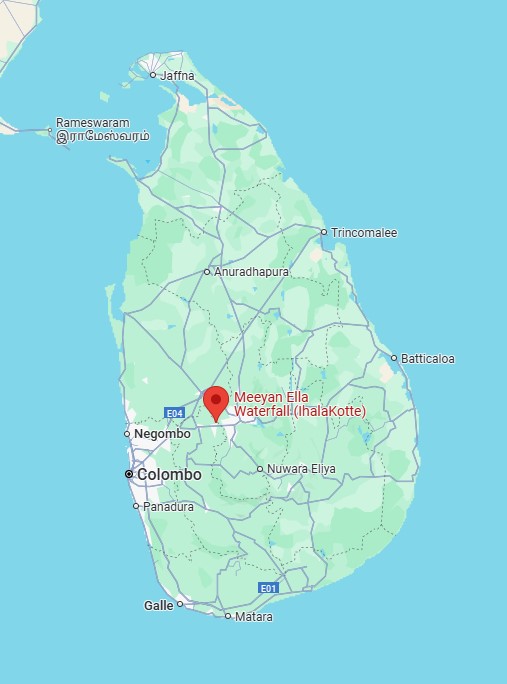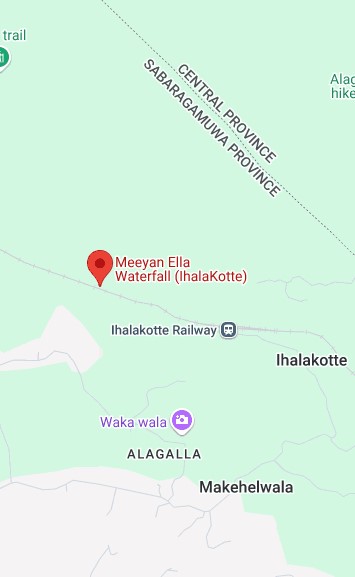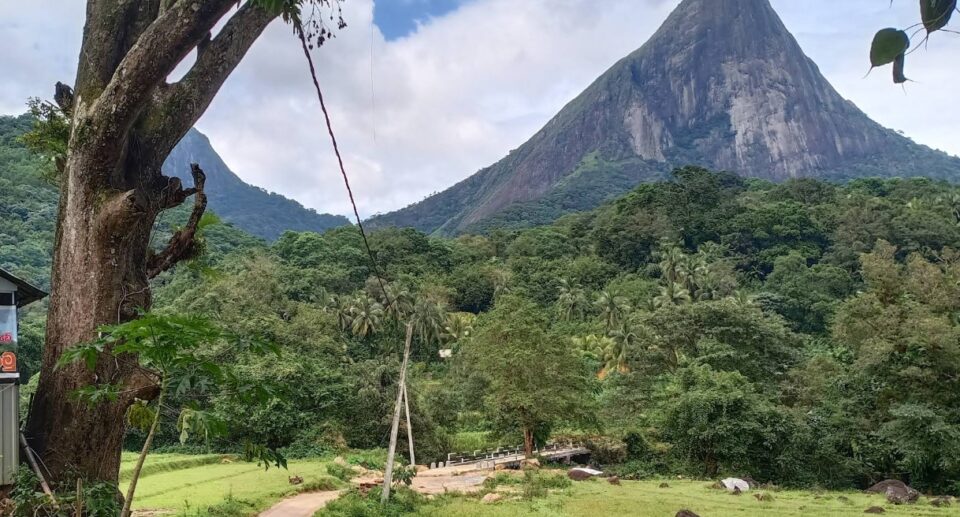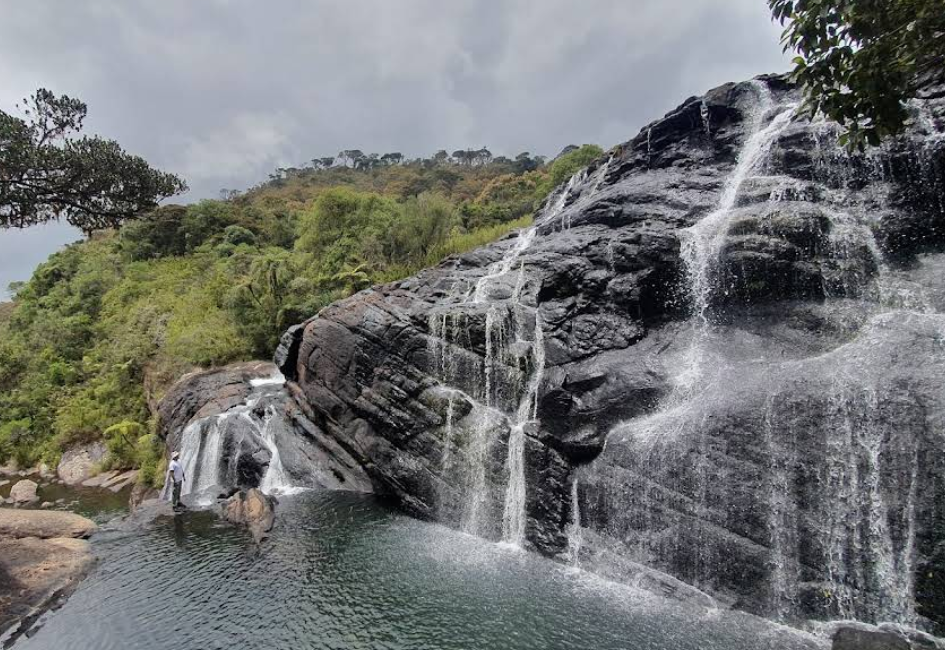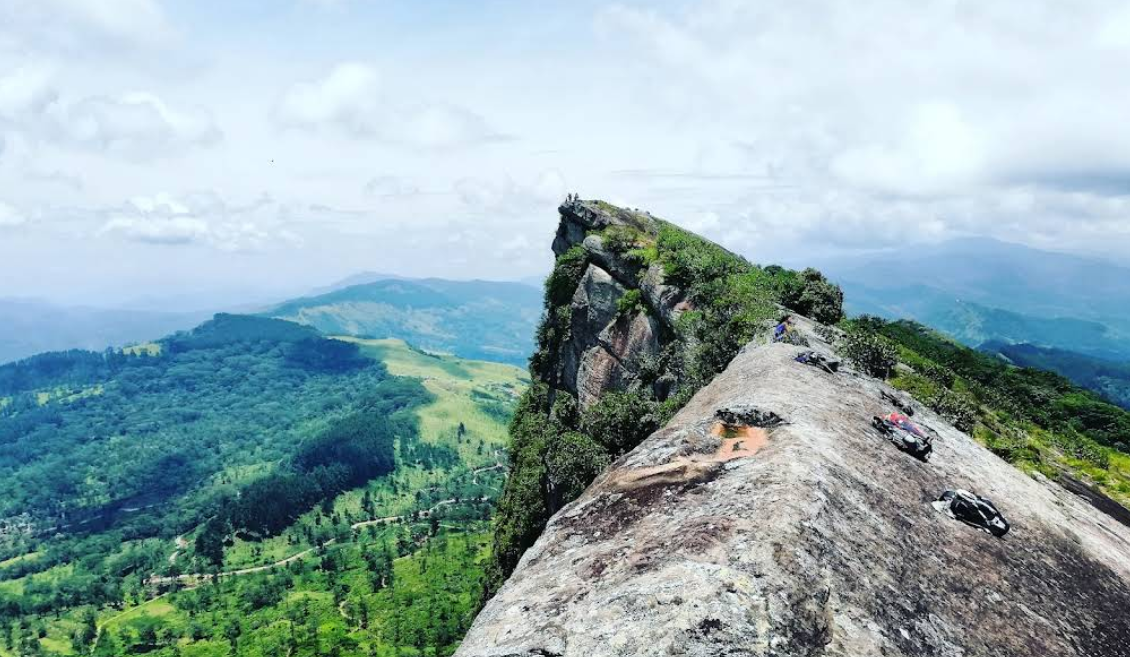Meeyan Ella Waterfall: Sri Lanka’s Hidden Cascade of Beauty and History
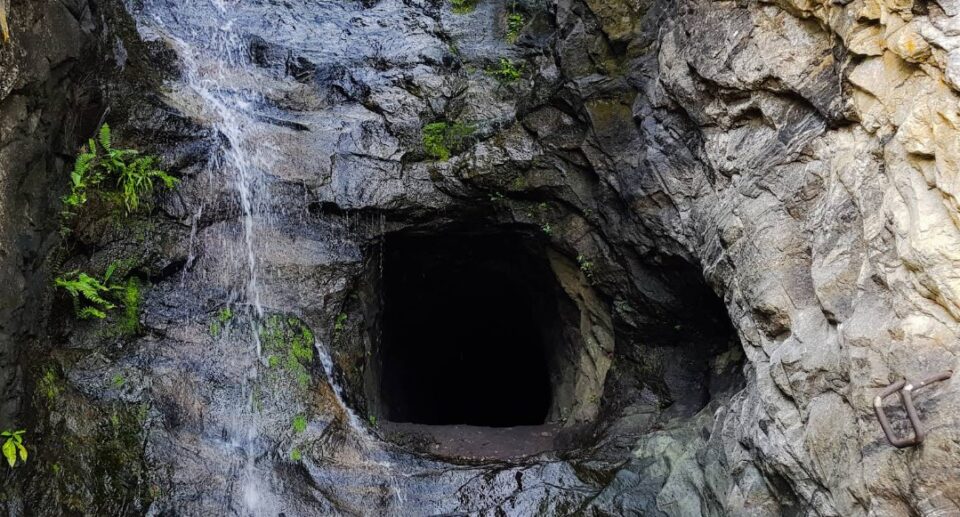
Among Sri Lanka’s central highlands, where vegetation is lush and winds softly whisper by, lies a secret treasure Meeyan Ella Waterfall. Located near the sleepy hamlet of Ihala Kotte in the Kegalle District, this tall, lesser-known waterfall is a testament to the pure beauty of Sri Lanka’s nature. Meeyan Ella stands tall at approximately 127 meters and is not just a stunning sight to behold; it’s a site full of natural beauty, engineering history, and serene getaway from the madness of daily life.
A Natural Wonder Covered with Foliage
Meeyan Ella is a seasonal waterfall that comes to life during monsoon months, when rushing waters thunder down the rocks and bring life to the valley below. It is nourished by a stream that originates from Helen Maditta, a summit of Mount Elagalla, and cascades down through Walagoda and Thalagolla villages, ultimately falling into the Thalagolla Oya, a tributary of the Maha Oya.
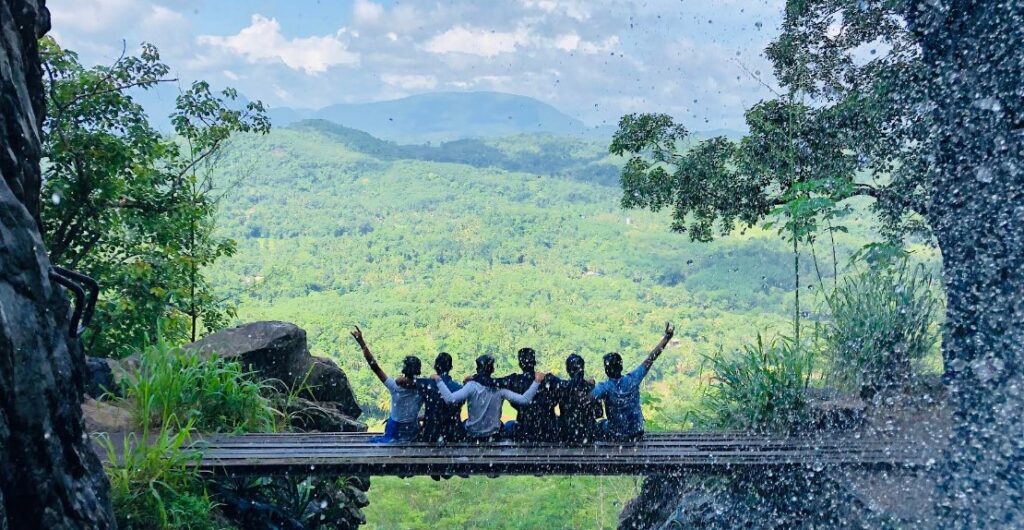
What sets Meeyan Ella apart from most other waterfalls in Sri Lanka is not just its considerable height or the volume of water during monsoons, but the natural cave concealed discreetly behind the falls. This hidden alcove offers its visitors a rare experience to be able to walk behind the waterfall and observe it from within, where falling sheets of water create a diaphanous curtain that glimmers with light.
This aspect of discovery makes a trip to Meeyan Ella more than tourism but an adventure. The surroundings are enveloped in rich biodiversity with the sounds of birds singing, leaves swaying, and the distant sound of water offering a feast to the senses for nature lovers.
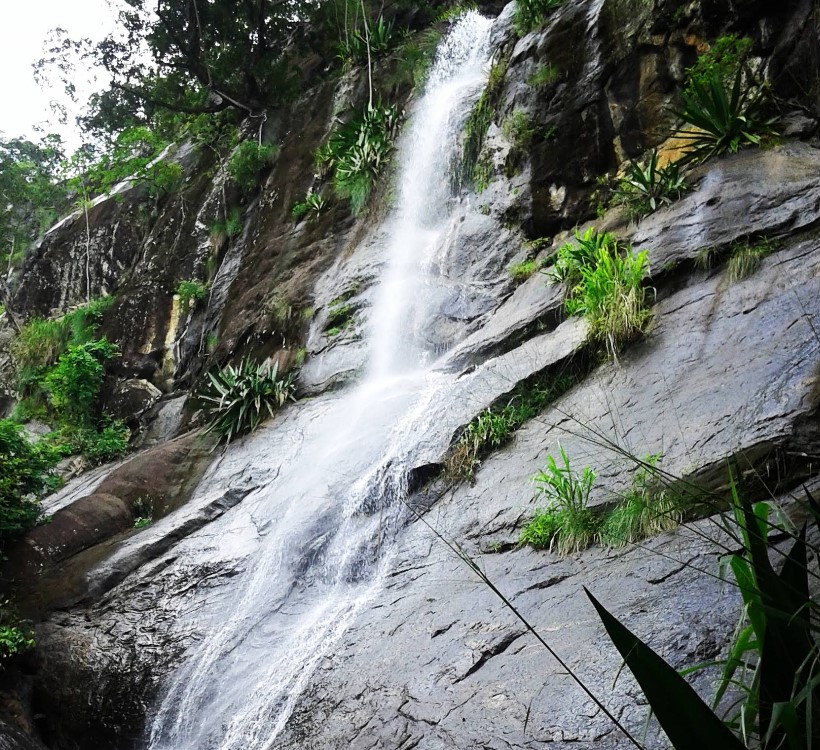
Historical Echoes in the Rocks
Although Meeyan Ella is naturally breathtaking, history contributes to its appeal. During the British colonial period, in the mid-1800s, the British Empire was building Sri Lanka’s first ever railway line connecting Colombo and Kandy. As the engineers pushed deeper into the central highlands, they encountered Meeyan Ella. The existence of the waterfall was a major hindrance to the extension of the railway line.
Rather than blasting through the surrounding rock which would have required a tunnel at that location—the British engineers decided to deflect the waterfall. They built a block upstream and carved two deep grooves into the bedrock, which split the water flow into narrower streams that could more easily be crossed by a bridge.
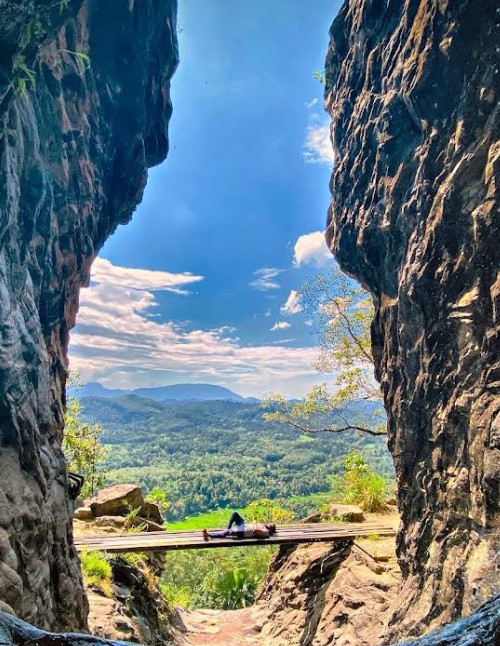

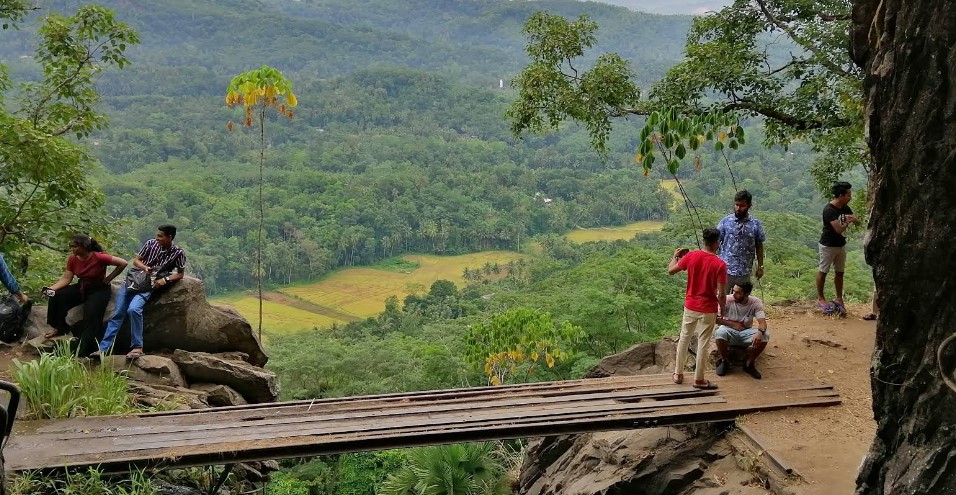
But this solution was short-lived. During heavy rain, the grooves were flooded and the raging waters of Meeyan Ella surged back, threatening the safety of the railway. Perceiving the danger, engineers returned in 1905 and began construction on a more permanent solution—Tunnel 5A, a 400-meter-long tunnel through the rock. Completed in 1906, it was one of the longest railway tunnels in Sri Lanka, second only to the adjoining Tunnel 6.
Tunnel 5A not only ensured the continuity and safety of the railway system, but it also became a marvel of colonial-era engineering. It still serves the railway today, silently overseeing the passage of time and trains as they bend through the central hills.
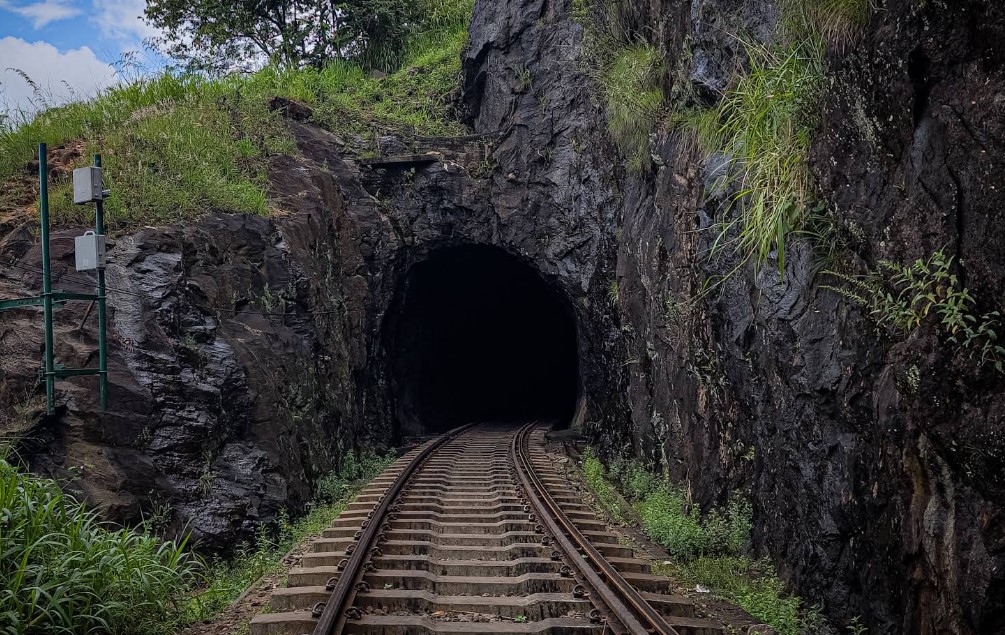
How to Get There
Half the fun is reaching Meeyan Ella. Since it is yet to become a well-known tourist spot, reaching it still has an off-the-beaten-track feel to it.
By Train:
The most scenic and convenient method is by train. Board the Colombo–Kandy railway line and alight at Ihala Kotte Railway Station, a quaint, quiet halt amidst greenery. It’s a 1-kilometer trek from there along the railway track to reach the waterfall. The walk itself is mesmerizing—in the midst of tea bushes, hill scenery, and the occasional monkey swinging across the trees.

Pro tip: Inform the station master about your walk along the track. It’s not officially a trail, so exercising caution is crucial, especially when crossing tunnels or bridges.
By Bus or Car:
Or take a bus to Rambukkana or Mawanella and transfer to a local tuk-tuk, which will take you to Ihala Kotte. If you’re driving, follow A1 highway, turn onto B28 road, and proceed to Ihala Kotte village. Signboards and residents will guide you to the path leading to the falls.
When to Visit
Meeyan Ella is at its best during the southwest monsoon, typically from April to October. The flow of water is heavy during this time, and the surrounding vegetation is dense and green. This, nevertheless, renders the trail slippery and the cavern behind the falls less accessible.
For photographers, birdwatchers, and trekkers, early morning is the best time with the most serene moments. During the dry season, the falls can reduce to a trickle, although the rock and cave formations are still worth exploring.
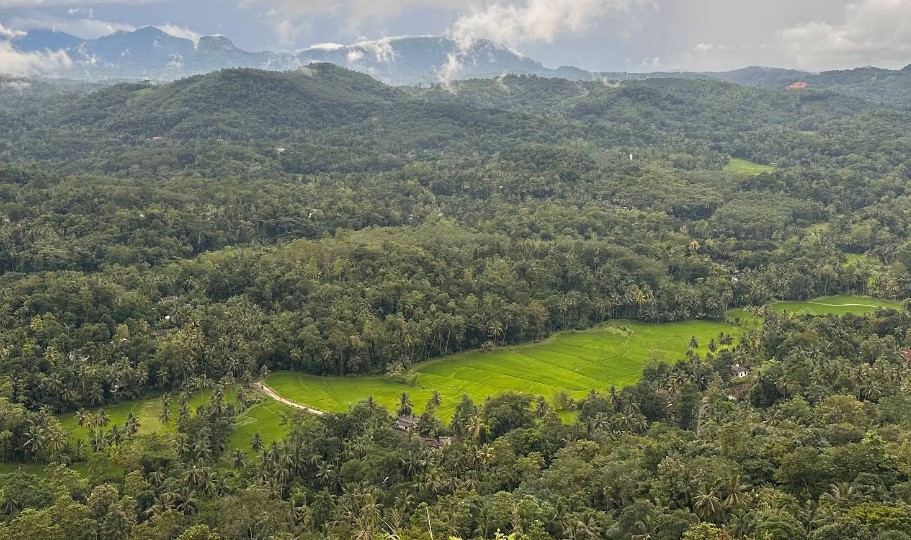
What to Do at Meeyan Ella
Despite its remote location, Meeyan Ella offers an array of rewarding experiences:
- Hiking: The trail to the waterfall is relatively easy but can be slippery. It’s a perfect short hike for beginner and seasoned trekkers alike.
- Photography: Capture the misty curtains of water, the cave behind the falls, and panoramic views of the Alagalla mountain range.
- Relaxation: The sound of cascading water and chirping birds makes this a peaceful retreat for those looking to disconnect and unwind.
- Cave Exploration: Venture into the natural cave behind the falls for a different perspective. Just be careful during the rainy season when water levels rise.
- Bird Watching: The nearby forest is teeming with endemic and migratory birds. Bring binoculars if you’re into avian photography or bird spotting.
Travel Tips
- Footwear: Wear sturdy shoes with good grip.
- Supplies: Carry water, snacks, and insect repellent.
- Safety: Avoid the edge of slippery rocks, and don’t attempt to enter the cave during peak rainfall.
- Respect Nature: Leave no trace—pack out everything you pack in
